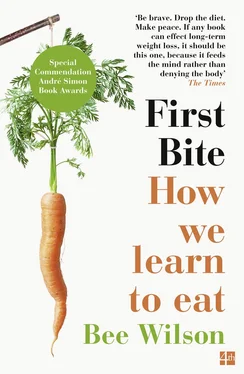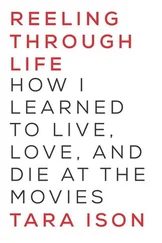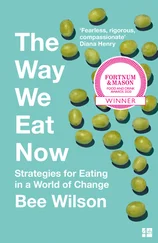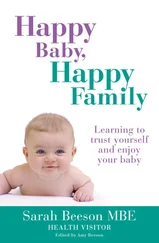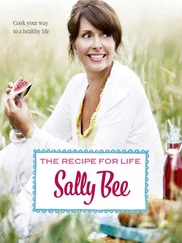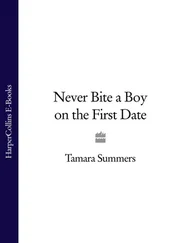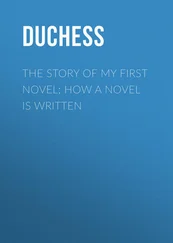Our tastes follow us around like a comforting shadow. They seem to tell us who we are. Maybe this is why we act as if our core attitudes to eating are set in stone. We make frequent attempts – more or less half-hearted – to change what we eat, but almost no effort to change how we feel about food: how well we deal with hunger, how strongly attached we are to sugar, our emotions on being served a small portion. We try to eat more vegetables, but we do not try to make ourselves enjoy vegetables more, maybe because there’s a near-universal conviction that it is not possible to learn new tastes and shed old ones. Yet nothing could be further from the truth.
All the foods that you regularly eat are ones that you learned to eat. Everyone starts life drinking milk. After that, it’s all up for grabs.
Bone marrow from wild game is considered the best first baby food among the hunting tribes of Tanzania. 1If you were born in the Far Eastern republic of Laos, it could be gelatinous rice, pre-chewed by your mother and transferred from her mouth to yours (this is sometimes called kiss-feeding). 2For Western babies, that first bite of solid food may be powdered cereal from a packet or purée from a jar; it could be organic pumpkin, steamed and strained and served with a hypoallergenic spoon; or a random nibble from a parent’s plate. Aside from milk, there is simply no such thing as a universal food. Not even for babies. fn1
From our first year of life, human tastes are astonishingly diverse. As omnivores, we have no inbuilt knowledge of which foods are good and safe. Each of us has to use our senses to figure out for ourselves what is edible, depending on what’s available. In many ways, this is a delightful opportunity. It’s the reason there are such fabulously varied ways of cooking in the world.
But we haven’t paid anything like enough attention to another consequence of being omnivores, which is that eating is not something we are born instinctively knowing how to do, like breathing. It is something we learn. A parent feeding a baby is training them how food should taste. At the most basic level, we have to learn what is food and what is poison. We have to learn how to satisfy our hunger and also when to stop eating. Unlike the anteater which eats only small termites, we have few natural instincts to fall back on. Out of all the choices available to us as omnivores, we have to figure out which foods are likeable, which are lovable and which are disgusting. From these preferences, we create our own pattern of eating, as distinctive as a signature.
Or that’s how it used to be. In today’s food culture, many people seem to have acquired uncannily homogenous tastes, markedly more so than in the past. In 2010 two consumer scientists argued that the taste preferences of childhood provided a new way of thinking about the causes of obesity. They noted a ‘self-perpetuating cycle’: food companies push foods high in sugar, fat and salt, which means that children learn to like them, and so the companies invent ever more of these foods ‘that contribute to unhealthy eating habits’. 3The main influence on a child’s palate may no longer be a parent but a series of food manufacturers whose products – despite their illusion of infinite choice – deliver a monotonous flavour hit, quite unlike the more varied flavours of traditional cuisine.
I went to the cinema with one of my children recently. We stood at the ice-cream concession and I realized, with a jolt, that almost all the options – other than plain vanilla – contained chocolate in one form or another. Would we pick mint chocolate chunk or cherry chocolate chunk or chocolate ice cream with chocolate brownie pieces or caramel ice cream with pieces of caramel chocolate? The danger of growing up surrounded by these endless sweet and salty industrial concoctions is not that we are innately incapable of resisting them but that the more frequently we eat them, especially in childhood, the more they train us to expect all food to taste this way.
Once you recognize the simple fact that food preferences are learned, many of the ways we currently approach eating start to look a little weird. To take a small example, consider the parents who go to great lengths to ‘hide’ vegetables in children’s meals. Is broccoli really so terrible that it must be concealed from innocent minds? Whole cookbooks have been devoted to this arcane pursuit. It starts with the notion that children have an innate resistance to vegetables, and will only swallow them unawares, blitzed into pasta sauce or baked into sweet treats; they could never learn to love courgette for its own sake. In our harried, sleep-deprived state, parents find it hard to play the long game. We think we are being clever when we smuggle some beetroot into a cake. Ha! Tricked you into eating root vegetables! But since the child is not conscious that they are consuming beetroot, the main upshot is to entrench their liking for cake. A far cleverer thing would be to help children learn to become adults who choose vegetables consciously, of their own accord.
By failing to see that eating habits are learned, we misunderstand the nature of our current diet predicament. As we are often reminded, in doom-laden terms, eating has taken a dramatic collective wrong turn in recent decades. As of 2010, poor diet and physical inactivity accounted for 10 per cent of all deaths and disease worldwide, ahead of tobacco smoke (6.3 per cent) and household air pollution (4.3 per cent). 4Around two-thirds of the population are either overweight or obese in rich countries; and the rest of the world is fast catching up. The moral usually drawn from these statistics is that we are powerless to resist the sugary, salty, fatty foods that the food industry promotes. Everything tastes better with bacon! As the journalist Michael Moss exposed in 2013, the big food companies engineer foods with a chemically calculated ‘bliss point’ designed to get us hooked. 5Newspapers sometimes project a future in which obesity levels continue to rise indefinitely until almost everyone in the world is affected.
But there’s something else going on here, which usually gets missed. Not everyone is equally susceptible to the dysfunction of our food supply. Some people manage to eat sugary, salty, fatty foods in modest quantities, and then stop. Others find these supposedly irresistible foods the opposite of blissful. If two-thirds of the population are overweight or obese, then fully a third are not. This is astonishing, given just how many opportunities there now are to eat doughnuts. Exposed to the same food that bombards us all, these lucky people have learned different responses. It’s in all our interests to find out how they have done it.
Many campaigners would say cooking is the answer. If only children could be taught how to cook and plant vegetable gardens, they would automatically become healthier. It sounds convincing: school gardens are a lovely thing. But by themselves, they are not enough to make a child relate to food in healthy ways. Our difficulty is not just that we haven’t learned to cook and grow food, however important that is: it’s that we haven’t learned to eat in ways that support health and happiness. Traditional cuisines across the world were founded on a strong sense of balance, with norms about which foods go together, and how much one should eat at different times of day. Much cooking now, however, is nothing like this. In my experience as a food journalist, chefs and food writers are, if anything, more prone to compulsive eating and other disordered food obsessions than non-cooks. For cooking to become the solution to our diet crisis, we first have to learn how to adjust our responses to food. Cooking skills are no guarantee of health if your inclinations are for twice-fried chicken, Neapolitan rum babas and French aligot: potatoes mashed with a ton of cheese.
Читать дальше
